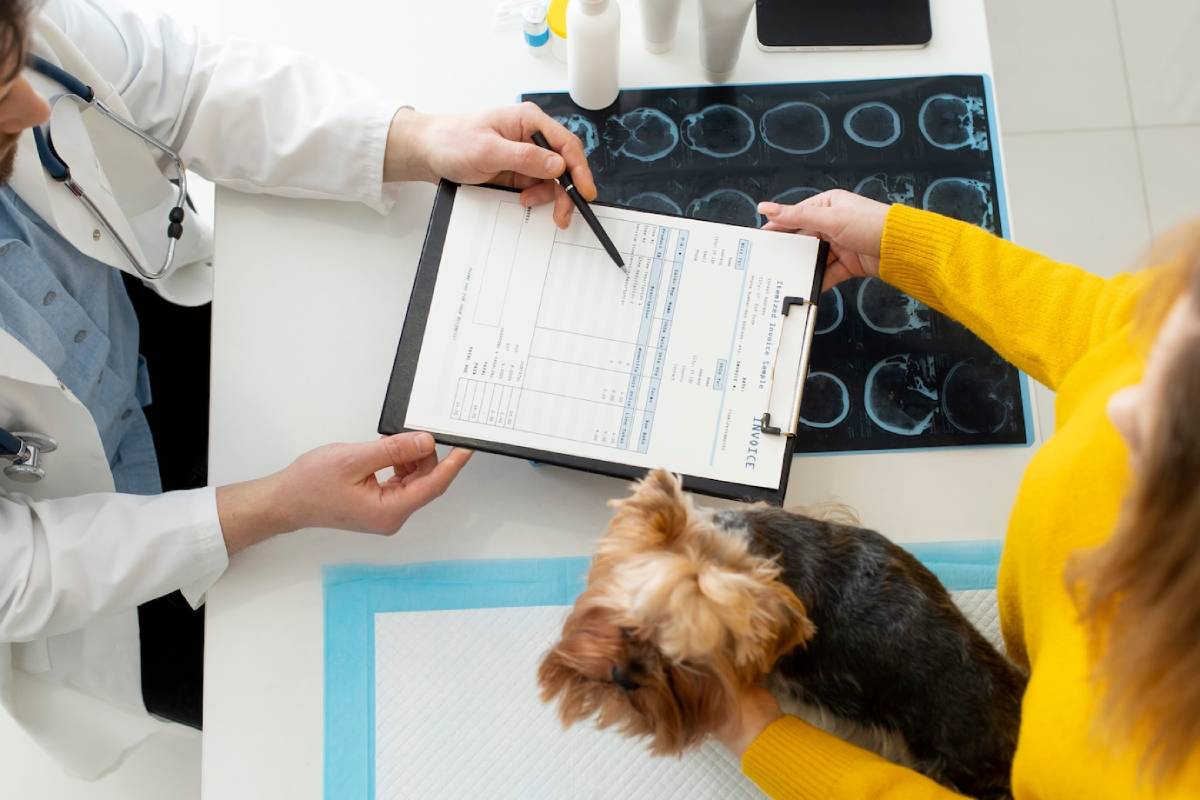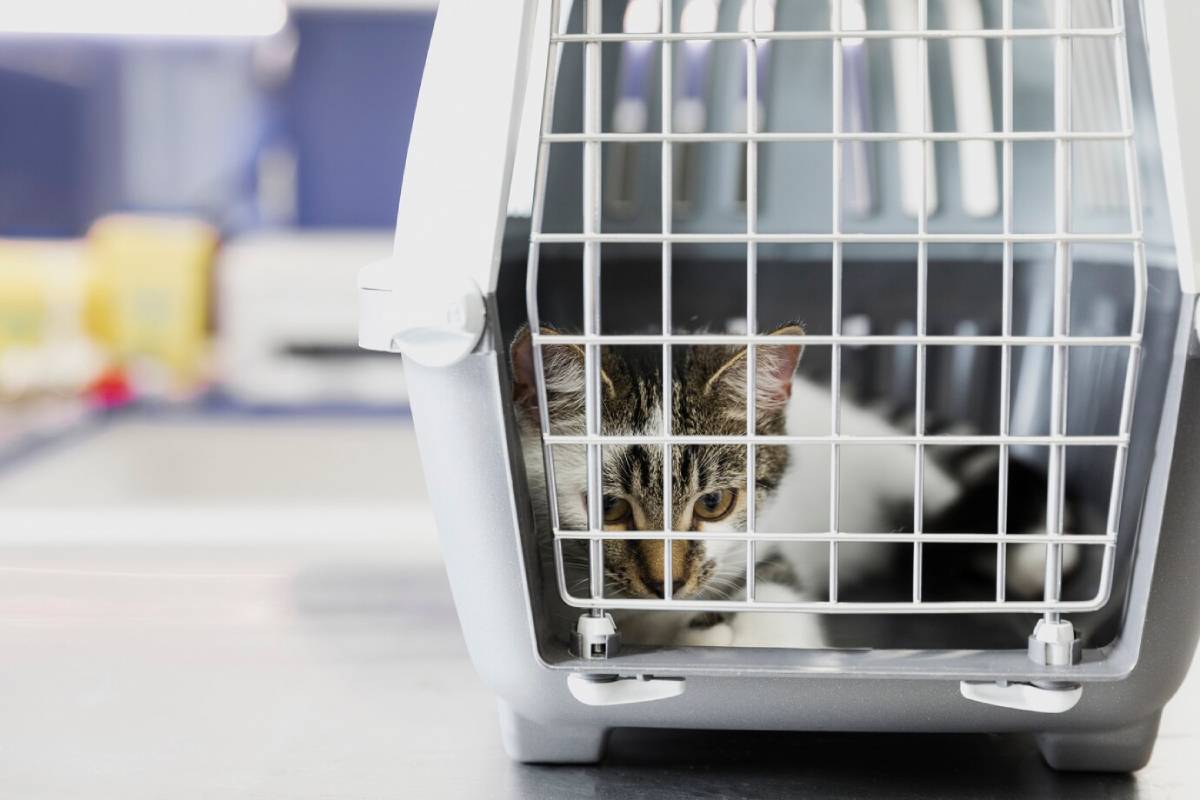
Preparing Your Pet for Air Travel: Guidelines and Tips
Travelling with your pet can be both exciting and nerve-racking—especially when air travel is involved. Whether you’re relocating, going on holiday, or visiting family abroad, flying with pets comes with a unique set of requirements and responsibilities. From health certificates and carrier sizes to acclimatising your pet to the journey, preparation is key to ensuring a smooth experience for both of you.
This guide covers essential advice for pet air travel, including how to prepare your pet physically and emotionally, what to expect from airline pet policies, and practical tips to make the journey as comfortable and stress-free as possible.
Step One: Understand Airline Pet Policies
Each airline has its own rules regarding pet travel, so start by researching the policy of the carrier you plan to use.
Key considerations include:
- In-cabin vs. cargo: Small pets (usually under 8kg, including the carrier) may travel in-cabin under the seat in front of you. Larger pets generally go in the cargo hold.
- Breed restrictions: Many airlines restrict brachycephalic (flat-faced) breeds like Pugs, Bulldogs, and Persian cats due to breathing risks.
- Carrier requirements: There are strict size and design standards for approved travel crates or soft carriers.
- Documentation: Airlines typically require a health certificate issued by a vet within 7–10 days of departure.
- Destination regulations: International travel may involve quarantine periods, specific vaccinations, and microchipping.
Always check airline pet policies well in advance, and confirm requirements for both outbound and return journeys.
Step Two: Visit the Vet

A pre-travel veterinary check-up is essential for ensuring your pet is fit to fly.
- Health certificate: This document confirms that your pet is healthy and up-to-date on vaccinations.
- Parasite treatment: Some countries require recent flea, tick and worming treatment.
- Microchipping: Mandatory for many international destinations and recommended for all travelling pets.
- Sedation: Not usually advised for air travel, as it can affect breathing and temperature regulation. Discuss any concerns with your vet.
Make sure your pet’s microchip information is registered and includes your current contact details.
Step Three: Choose the Right Carrier
The carrier is your pet’s travel home, so it must be secure, well-ventilated, and appropriately sized.
In-cabin carriers:
- Should fit under the seat in front of you
- Must be soft-sided and leak-proof
- Should allow your pet to stand, turn, and lie down comfortably

Cargo crates:
- Must be IATA-approved (International Air Transport Association)
- Should have water bowls secured inside
- Must be labelled with “Live Animal” and include your contact information
- Should contain absorbent bedding and familiar items (a blanket or toy)
Acclimate your pet to the carrier in the weeks before departure by using it at home and rewarding calm behaviour inside it.
Step Four: Prepare Your Pet Emotionally
For many pets, the carrier and the airport environment will be unfamiliar and potentially stressful. Begin training and acclimatisation early.
- Practice short carrier sessions: Build positive associations with treats and praise.
- Expose them to travel sounds: Play recordings of airport or aircraft noise to desensitise them.
- Take short car journeys: Help your pet associate travel with a calm routine.
- Keep calm: Your pet will mirror your energy—stay relaxed and confident.
Consider anxiety-reducing tools like pheromone sprays or calming collars, especially for nervous pets.
Step Five: Day-of-Travel Checklist
Proper planning on travel day helps reduce last-minute stress for both you and your pet.
- Offer food 4–6 hours before travel to avoid nausea. Provide water until departure.
- Walk your dog or let your cat use the litter tray before arriving at the airport.
- Attach a tag to the carrier with your name, phone number, destination address, and vet contact.
- Pack a small bag with:
- Collapsible water bowl
- Wet wipes or paper towels
- Treats
- Extra copies of documentation
Arrive early to allow for check-in procedures and to reassure your pet before the flight.
Step Six: In-flight and Arrival Tips
In-cabin travel:
- Speak softly to your pet during the flight
- Don’t unzip the carrier, even if they meow or whine—it’s safer to keep them secure
- Avoid feeding during the flight unless absolutely necessary
Cargo travel:
- Remain calm and positive when dropping your pet at the cargo area
- Choose flights with minimal stopovers or layovers to reduce handling
- On arrival, collect your pet as quickly as possible and check them for any signs of stress or injury
After the flight:

- Offer water and a light meal once your pet has calmed down
- Give them time to decompress and explore their new surroundings at their own pace
- Resume their regular routine as soon as possible
Monitor their behaviour in the following days—changes in appetite, energy, or temperament may indicate stress.
Additional Tips for International Travel
Travelling abroad with a pet involves more paperwork and timing:
- Check entry requirements: Some countries require rabies titration tests or special import permits.
- Quarantine: Be aware of any quarantine periods upon arrival.
- Pet passport: For UK and EU travel, ensure you meet updated post-Brexit requirements.
- Hire a pet travel agent: For complex routes, professional services can help manage logistics, documents, and flight bookings.
Always start planning months in advance to avoid last-minute issues.
Final Thoughts: A Smoother Journey for Both of You
Pet air travel requires preparation, patience, and care—but it can be safe and even enjoyable with the right approach. By understanding airline pet policies, choosing the right equipment, and preparing both practically and emotionally, you can ensure that flying with pets is a positive experience for your companion.
Remember, your calm energy is the most reassuring thing for your pet. With a little planning and lots of love, you’ll both arrive safely and ready for your next adventure together.


